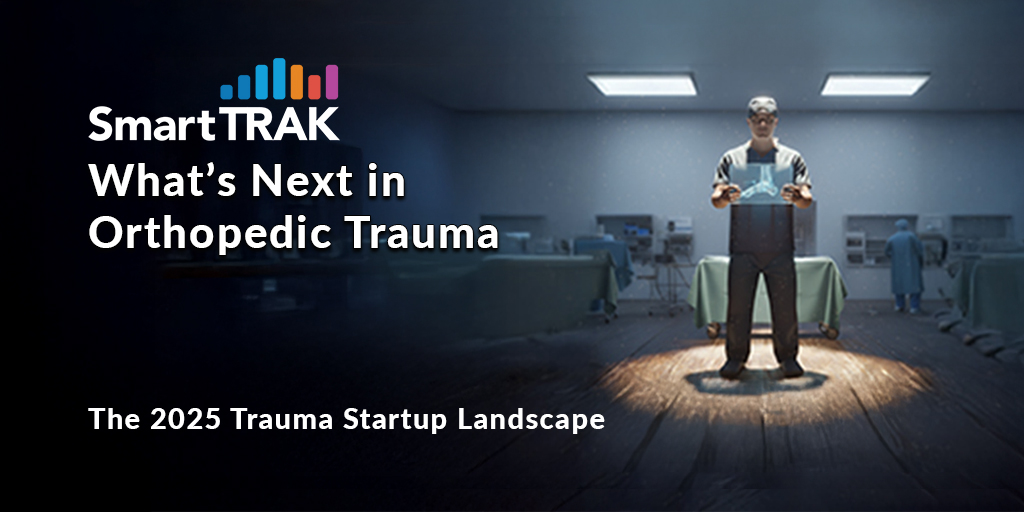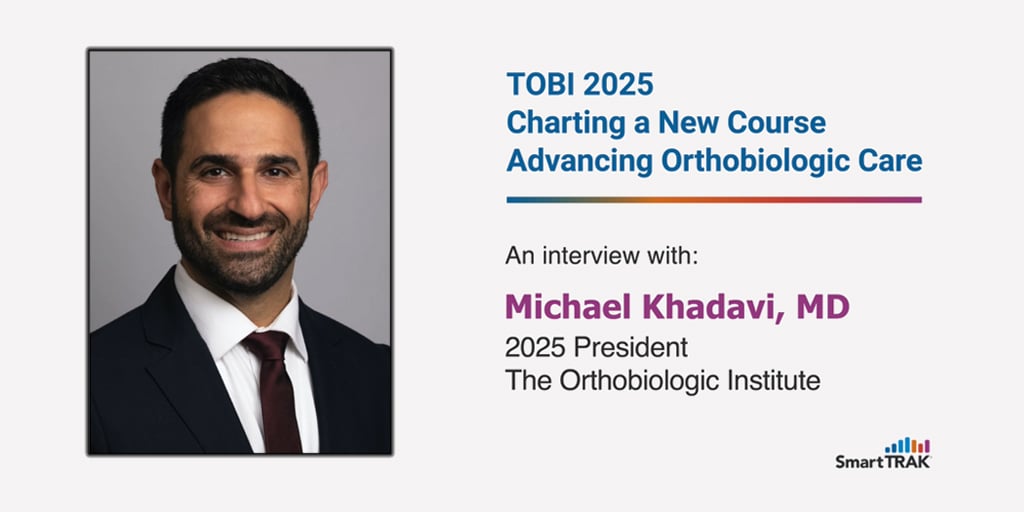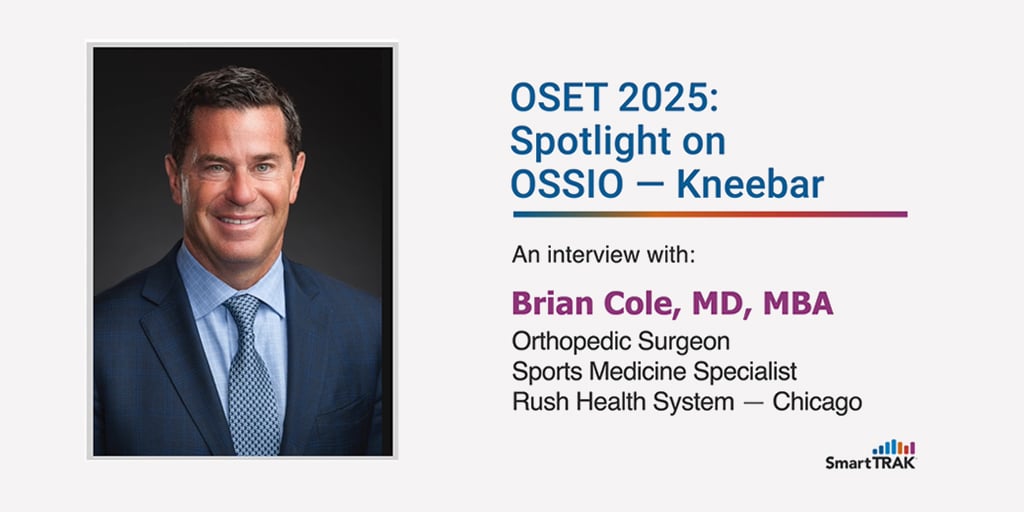Raul Nogueira, MD, discusses the latest research and innovation in super-bore catheters for the treatment of AIS and the preliminary results from the MARRS pivotal trial in an interview with SmartTRAK.
In an interview with SmartTRAK, Raul Nogueira, MD, interventional and stroke neurologist at the University of Pittsburgh and chief of cerebrovascular medicine at the UPMC Stroke Institute, discusses the latest research and innovation in super-bore catheters for the treatment of acute ischemic stroke (AIS), including preliminary results from the MARRS pivotal trial that he recently presented at the Society of NeuroInterventional Surgery (SNIS) 2025 Annual Meeting in Nashville, TN.
Dr. Nogueira highlights key results from the MARRS pivotal trial, which is evaluating Perfuze Medical’s Millipede super-bore 088 catheter, how the results compare to other super-bore pivotal trials and what factors contributed to MARRS’ high first-pass effect rate.
Listen to the interview below (43:20 min) to learn more, including how Millipede performed in different parts of the brain and the status of research and innovation that is helping to drive growth in the US Market for Mechanical Thrombectomy. A link to download a full transcript of the interview is also provided below.
Interview by Timecode
00:06 Introduction, background about stroke thrombectomy and the evolution of technology and research in mechanical thrombectomy devices.
10:27 Discussion about the MARRS pivotal trial vs other trials and what contributed to the the high, first-pass effect rate.
18:44 Different studies use different definitions of first-pass effect and good reperfusion. Where does the MARRS study definition fit and compare to how other studies define good reperfusion?
21:47 Discussion about safety data for super-bore catheters vs the Millipede catheter, device designs and comparison to other types of thrombectomy devices.




















